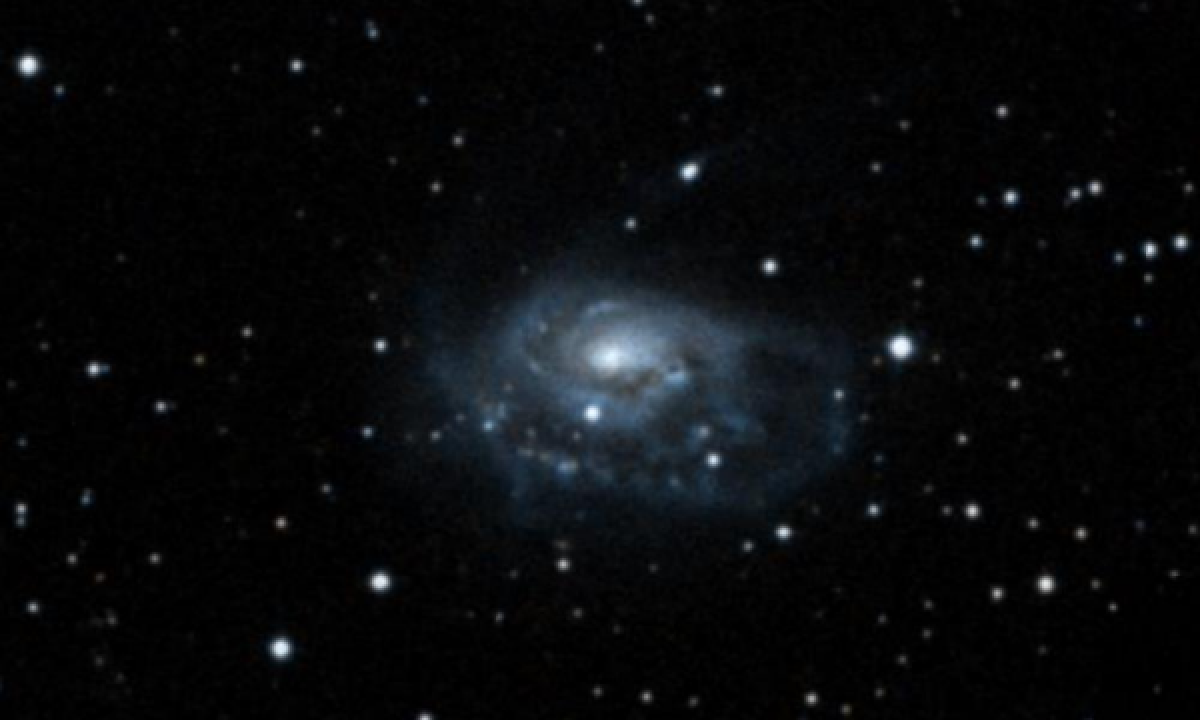The New General Catalogue of Nebulae and Clusters of Stars (abbreviated as NGC) is a catalogue of deep-sky objects compiled by John Louis Emil Dreyer in 1888. The NGC contains 7,840 objects, known as the NGC objects. It is one of the largest comprehensive catalogues, as it includes all types of deep space objects, including galaxies, star clusters, emission nebulae and absorption nebulae.
Know more about NGC
NGC 1961

NGC 1961 is a spiral galaxy in the constellation Camelopardalis. It was discovered by German-British astronomer William Herschel on 3 December 1788. It was also observed by Guillaume Bigourdan on 22 December 1891, causing it to be listed in the Index Catalogue as IC 2133. Its velocity with respect to the cosmic microwave background for is 3,909±2 km/s, which corresponds to a Hubble distance of 188.0 ± 13.2 Mly (57.65 ± 4.04 Mpc). However, seven non redshift measurements give a much closer distance of 145.42 ± 27.36 Mly (44.586 ± 8.390 Mpc). The galaxy has been distorted, however no companion has been detected nor double nuclei that could show a recent merger. Its outer arms are highly irregular. Two long straight arms extend from the north side of the galaxy. A luminous X-ray corona has been detected around the galaxy. NGC 1961 is the central member of the small group of nine galaxies, the NGC 1961 group.
More Images:

Sources:
Wikipedia Page: NGC 1961
NGC 1961 at In-The-Sky website
